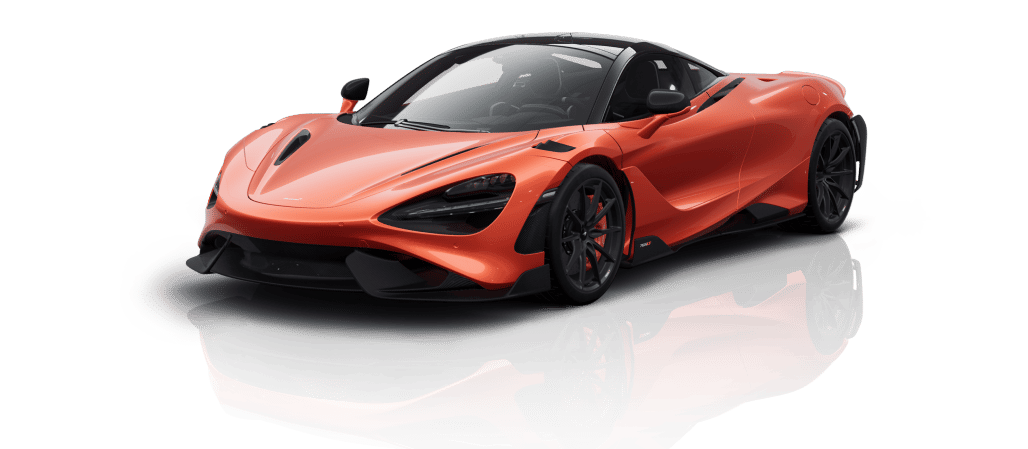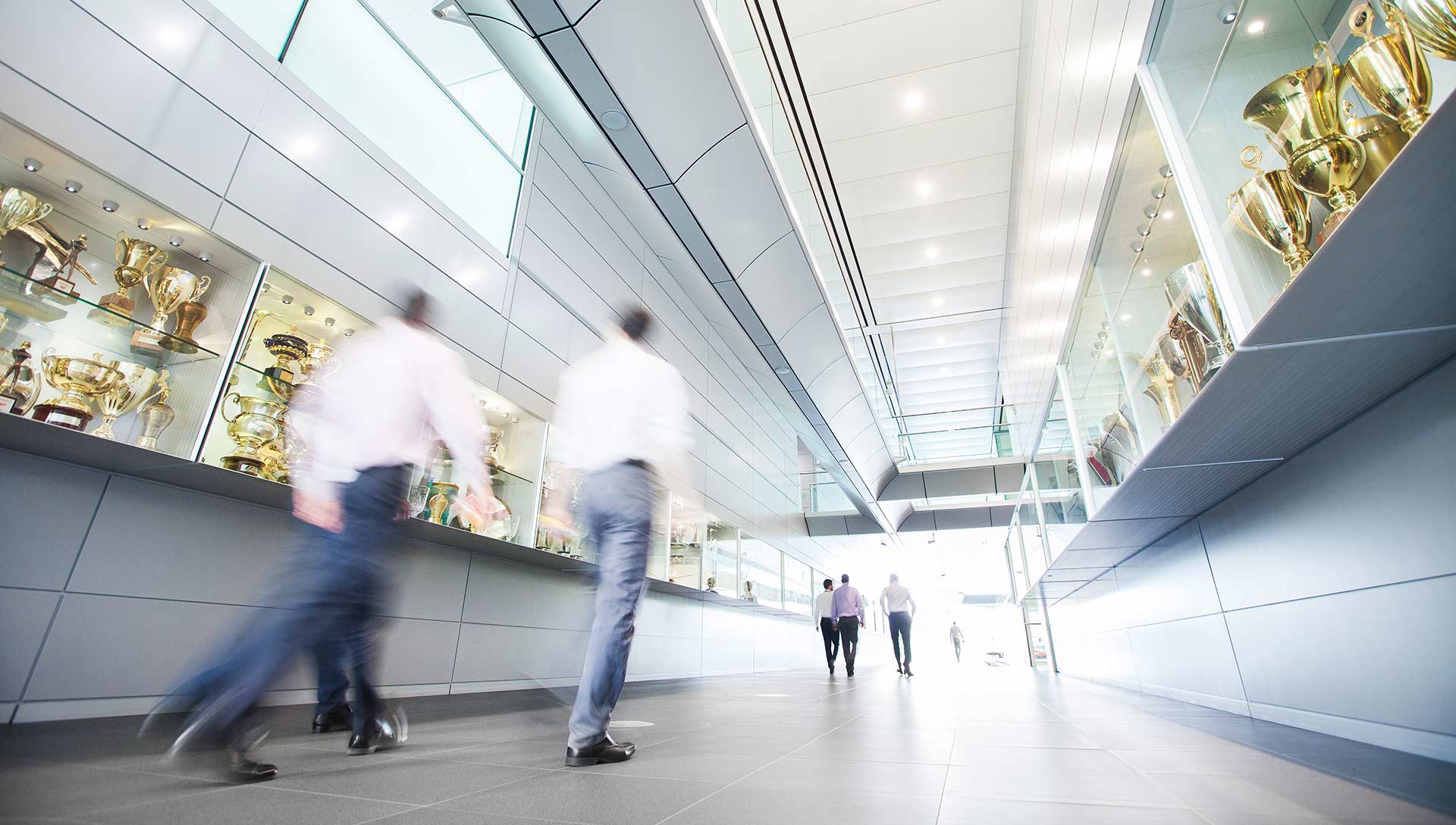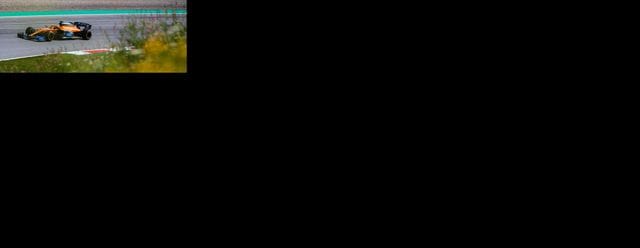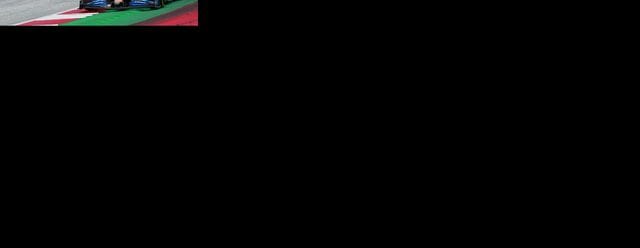
Strategy debrief
How fine margins made all the difference at the Styrian GP

Are you puzzled by why the Styrian Grand Prix wasn’t a carbon copy of the Austrian Grand Prix? Don’t worry, we can help with that.
Insanity is doing the same thing over and over again and expecting different results – as Albert Einstein famously didn’t say. If he had, however, he may well have introduced the caveat of how very, very difficult it is to define ‘the same thing’. Our second race in seven days at the Red Bull Ring featured the same cars racing on the same tyres – but for most teams, including us, it was a very different sort of race.
The race in numbers
| Carlos Sainz | Lando Norris | |
| Starting position | P3 | P9 |
| End of lap one | P3 | P9 |
| Finishing position | P5 | P5 |
| Speed trap | 326.6 km/h (1st) | 318.8 km/h (6th) |
| First pit-stop | Lap 32: 25.983s (20th quickest) | Lap 39: 22.406s (16th quickest) |
| Second pit-stop | Lap 66: 21.873s (10th quickest) | - |
| Fastest lap | Lap 68: 1:05.619 (1st) | 1:07.193 (5th) |
The tyres


The strategy… in theory
Despite bringing the same tyres two weeks in a row, Pirelli’s strategy prediction was slightly different to what it had been seven days earlier. The variations could be ascribed to the different ambient conditions but primarily to having a much larger dataset available for analysis. They still expected a one-stop race and suggested the quickest way to complete the 71 laps of the Red Bull Ring was to start the race on the Soft tyre and switch to the Hard compound between laps 28 and 33. This would be slightly quicker than a Medium>Soft or Medium>Hard strategy and, once again, the two-stop race wasn’t viable.
What actually happened
With qualifying conducted in the wet, all drivers had a free choice of starting tyre. Both Lando and Carlos opted to begin the race with a new Soft compound tyre. This was the majority choice, with 12 other cars doing the same, six starting on the Medium. Lando ran a one-stop race, pitting on Lap 39 for new Mediums. Carlos did two stops, pitting on Lap 32 for new Mediums and on lap 68 for new Softs.
The strategy… explained
With three DRS straights, the Red Bull Ring is one of the easier circuits on which to stick an overtaking move. This was ultimately advantageous to Lando who started P9 after a three-place grid penalty, but not so for Carlos. Following a stunning performance in wet qualifying, he lined up P3 – but with faster cars out of position behind. “I’m going to have Alex [Albon], I’m going to have Valtteri [Bottas] behind. It’s going to be a tough first few laps but then I hope I can settle into my own pace,” he said in the post-qualifying press conference, foreshadowing things to come. Carlos wasn’t going to compromise his own race by pushing his tyres too hard too early in a lost cause: he knew who his race was with.
After holding his position at the start, Carlos lost P3 to Bottas on lap six, and P4 to Albon on lap eight. After his ‘real race’ began, the Renaults of Esteban Ocon and Daniel Ricciardo were less than a second behind. Carlos managed to pull out of DRS range and ran the middle part of the first stint with a two-second advantage over Ocon.
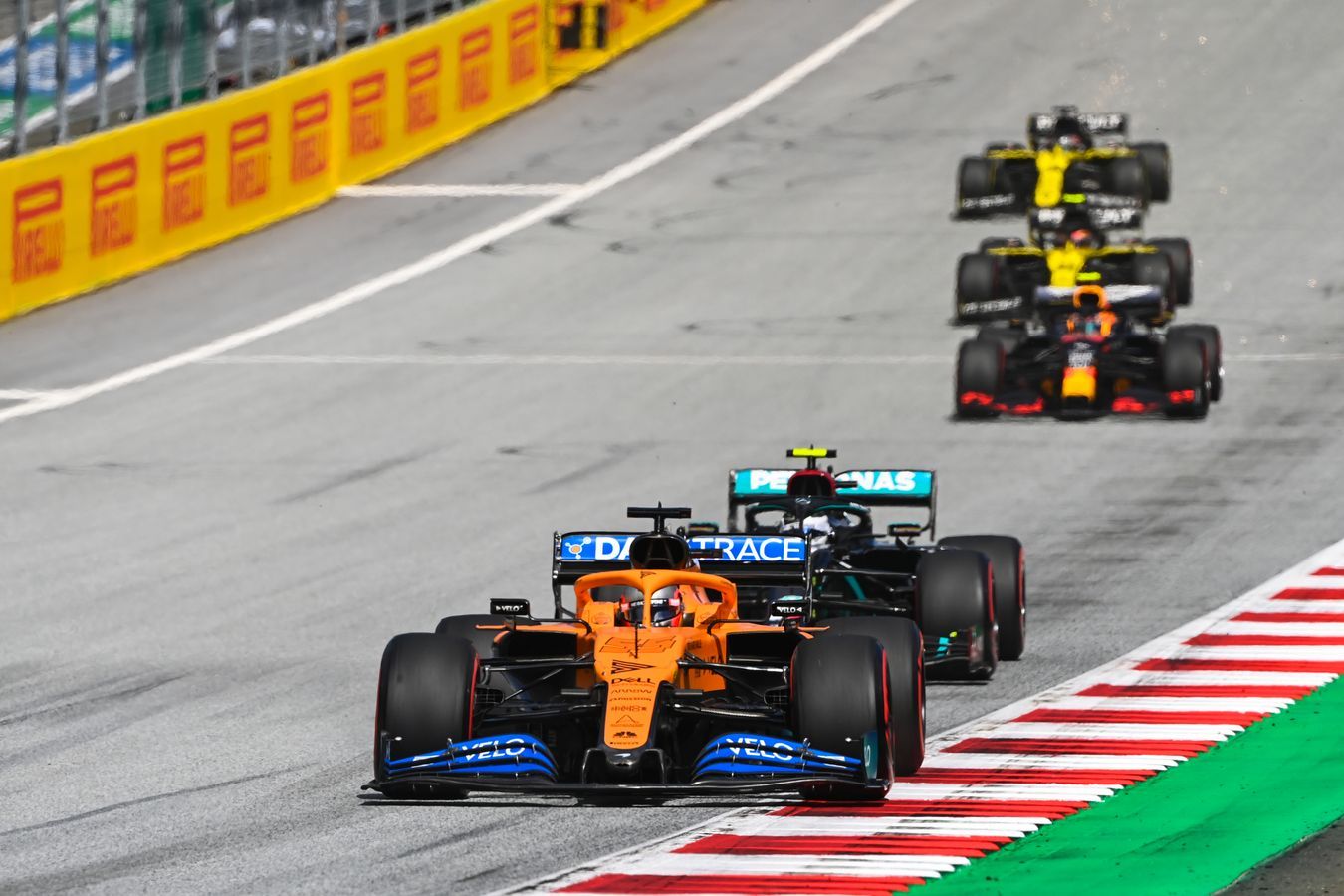
The Soft tyre has grip advantages at the launch, and superior performance at the start of the stint but gradually the advantage transfers to the Medium compound as the stint progresses. Having passed Ocon, Ricciardo, who started on the Medium tyre, began to push up to Carlos, and we made a pitstop. It’s at this point things started to go wrong.
“Unfortunately, the pit-stop was slow – around seven seconds or so,” says McLaren F1 Head of Strategy and Sporting Randy Singh. “It meant we came out quite significantly behind where we expected to come out, and this presented an opportunity for cars to jump us by pitting before we recovered the lost time. We didn’t protect the position against Ricciardo and lost position to [Lance] Stroll and [Sergio] Pérez as well. This all had quite a large negative impact on Carlos’ race, but these things happen and there was still much that we could get out of the race.”
F1 results hinge on tiny margins. In Carlos’ case it was a gunning issue on the left-rear wheel. It cost him around four seconds, which was magnified into a bigger deficit when he emerged in the midst of a lower-midfield melee. While Ocon had retired, once the pit-stops shook out, Carlos had dropped from P5 to P8. He stayed in contact with that group for the remainder of the race but couldn’t make inroads. He moved aside to let Lando, who was faster at this point of the race, take a crack at them with ten laps remaining, dropping to P9.
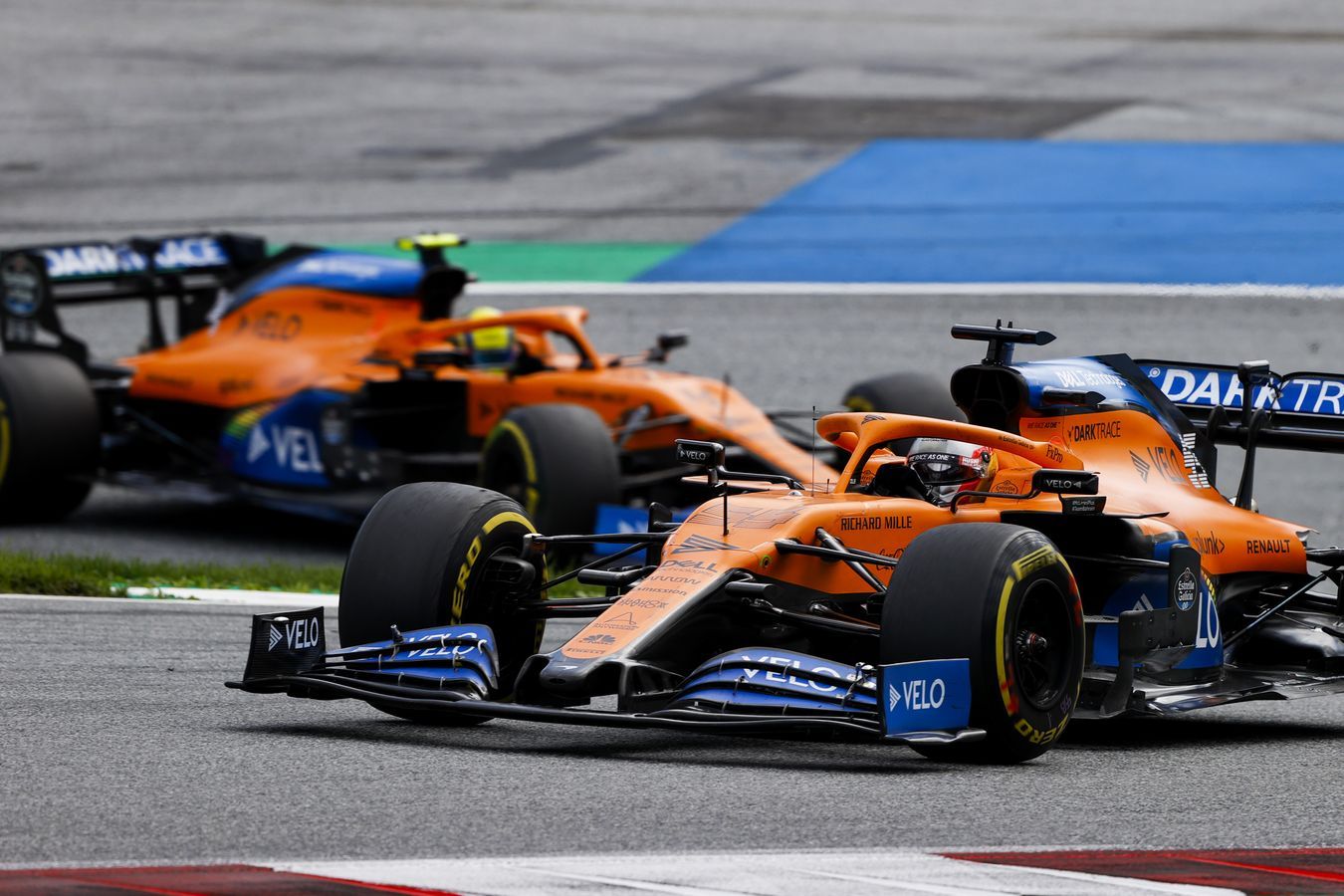
That wasn’t the end of Carlos’ involvement. Holding a 29-second advantage over Daniil Kvyat in P10, we pitted him on lap 67 for a set of new Soft tyres, he emerged in clear air and was able to set the fastest lap of the race the next time around, bagging the extra point, as intended.
Lando had a very different race to Carlos. He may have expected his opening laps to involve fending off Ferraris but when they went out early, he had the extremely rapid Racing Points to deal with. On lap five, he went back to P10, passed by Stroll, and then by Pérez on lap 14. He reclaimed P10 on lap 21, passing Pierre Gasly, who was falling back through the field. It turned into P9 when Ocon retired.
This left Lando as the backmarker in what could be described as the ‘upper-midfield battle’. He was pulling away from Kvyat behind but not catching anyone in front. Our strategic opinion was that his best chance of progress lay in doing something different to everybody in front. And so he extended his stint, staying out until Lap 39, when he pitted for Medium tyres.
“With Lando, we decided to extend,” says Randy. “We wanted to go as long as we could on the Soft tyre, with the view to attack cars ahead after his stop. Every lap you go further into the race gives you more attacking power in that final stint through tyre delta. On the other side of the equation, by staying out you are losing some race time – so you have to balance those two things. We were targeting Ricciardo and the two Racing Points behind him.”
Lando returned to the track in P10, net P9, roughly nine seconds behind Carlos. With 32 laps of the race remaining, he had the luxury of bringing his Medium tyres in slowly, keeping then in the best shape possible for what was likely to be a late charge. On lap 50 he was five seconds behind Carlos and had closed to DRS range by lap 60. The team made the call and asked Carlos to not hinder his team-mate. Carlos duly acquiesced and Lando moved up to P8, four seconds behind Stroll. His Medium tyres were six laps younger than Stroll’s and two laps younger than Ricciardo’s Softs. He also had the advantage of catching a pair of drivers who were busy fighting each other.
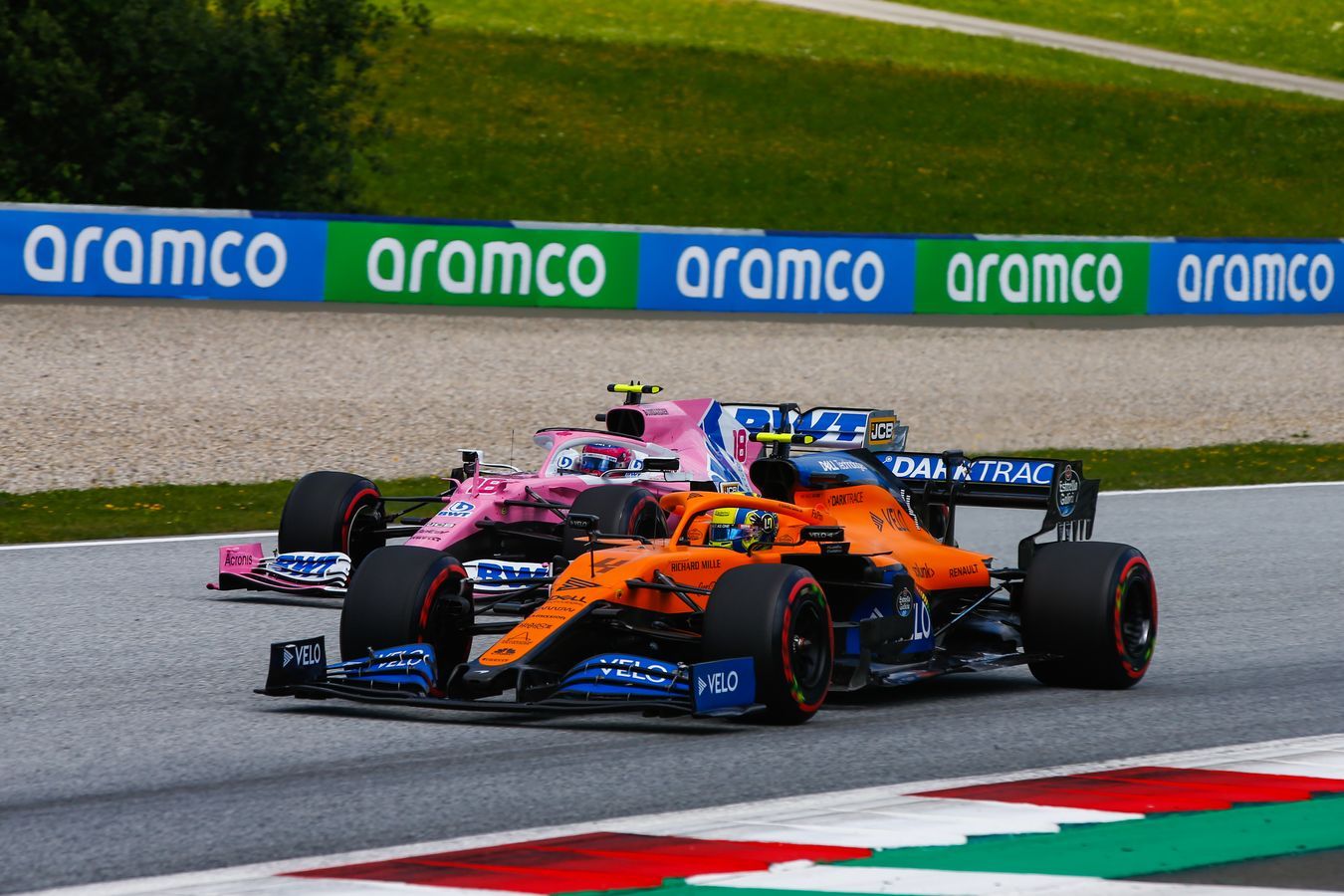
Lando chipped away at the deficit, sometimes gaining a tenth, sometimes half a second. He was within DRS range with four laps to go and took advantage of the squabble ahead to nip past Ricciardo on lap 70, and then Stroll on the final lap. Pérez should have been well out of range but having suffered front wing damage in a clash with Albon, he dropped 10 seconds on the final lap. Lando grabbed P5 coming out of the final corner. Cue scenes of wild celebration in the garage, tinged with disbelief.
“Lando had to really push on that final stint because otherwise he wouldn’t have got position,” says Randy. “It was a good team strategy to make sure we didn’t hold one car up with the other: had we delayed Lando even for one more lap behind Carlos, we wouldn't have got those three positions at the end of the race. It really shows you the margins.”
Join the team
McLaren Plus is our free-to-join fan loyalty programme, bringing McLaren fans closer to the team with the most inclusive, rewarding and open-to-all fan programmes in F1 & esports.
Sign up now, or current members can amend their details in the form below if necessary.

